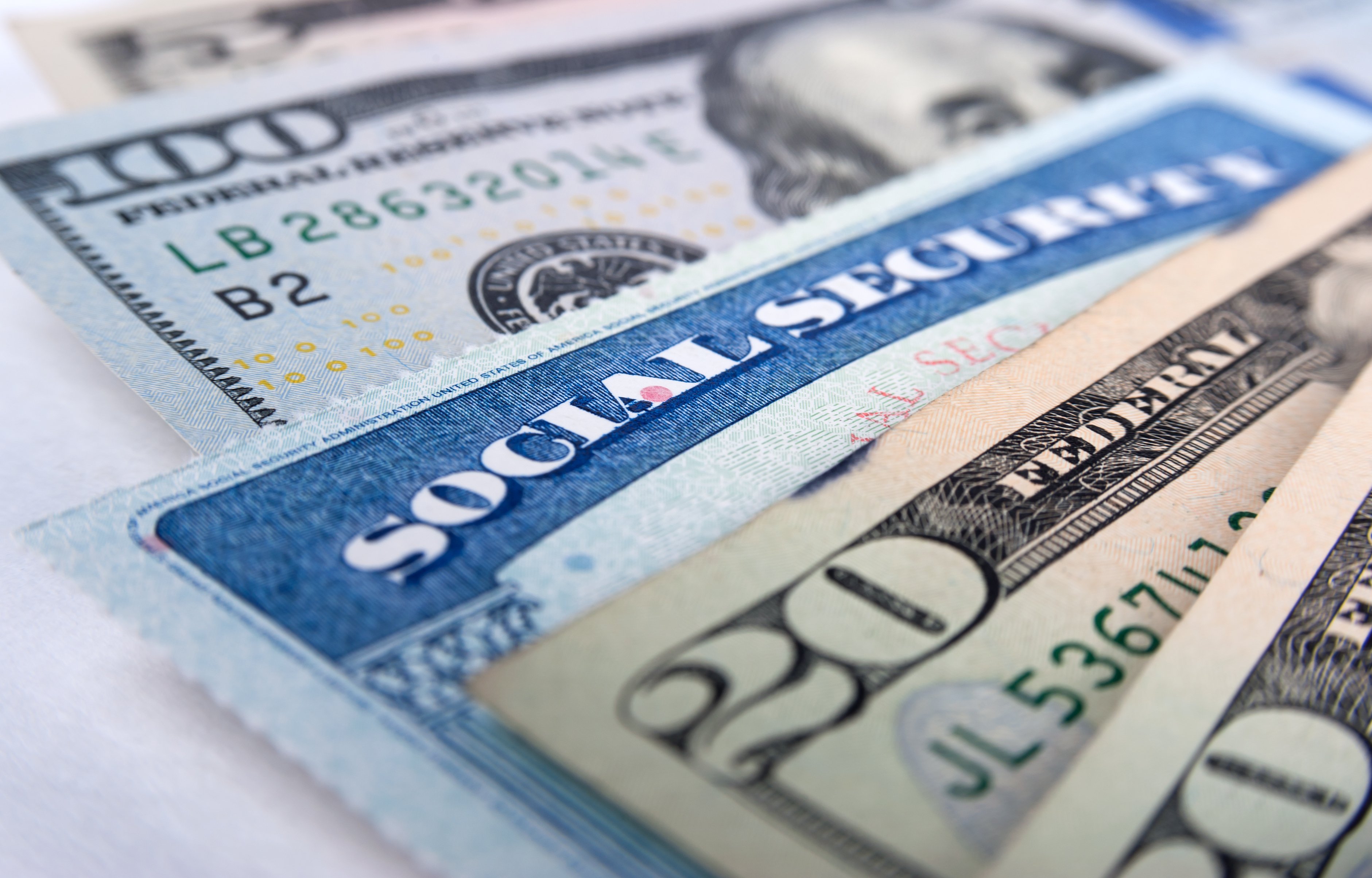Healthcare is a monstrous expense for working Americans of all ages. And new data from Freedom Debt Relief reveals that the high cost of medical care is prompting U.S. adults to do a very dangerous thing: skimp on healthcare.
Specifically:
- 41% of Americans have skipped going to a doctor, while 39% skipped a dental visit.
- 28% have delayed a medical procedure, and 37% have delayed a dental procedure.
- 28% have not purchased medication they need, while 19% have rationed medication.
Delaying or simply neglecting your healthcare needs could have dire consequences, though. For one thing, if you wait too long to address medical issues, they can escalate, thereby putting your well-being at risk. Also, when minor health problems become major ones, they tend to wind up costing more in the long run.
The solution? Don't cut back on medical care. Instead, find a more efficient way to pay for it.

IMAGE SOURCE: GETTY IMAGES.
Tools that make healthcare costs more affordable
If you're not familiar with flexible savings accounts (FSAs) or health savings accounts (HSAs), you should know that both can make your healthcare spending more manageable -- not by lowering the actual cost of your deductibles and co-pays, but by letting you allocate pre-tax dollars toward medical expenses.
Currently, you can contribute up to $2,700 in pre-tax dollars a year to an FSA. If you do so and you're in the 24% tax bracket, that's $648 in tax savings, and while you're not making your medical expenses cost $648 less, you're getting that money back one way or another.
The only thing you need to worry about with FSAs is that your funds expire on a yearly basis, so any money you don't use for qualified medical expenses is cash you'll risk forfeiting. As such, if you're going to participate in an FSA, you'll need to estimate your healthcare costs carefully.
HSAs, meanwhile, work differently. HSA funds don't expire. In fact, you're actually encouraged to carry them from year to year because HSAs allow you to invest the money you don't withdraw for added growth. Like FSAs, HSA contributions are made with pre-tax dollars. Furthermore, with an HSA, your investment gains are also tax-free, and withdrawals are tax-free, provided that money is used for qualified healthcare expenses.
Currently, you can contribute up to $3,500 a year to an HSA as an individual, or up to $7,000 a year as a family. (These limits will be increasing to $3,550 and $7,100 for 2020.) If you're 55 or older, you get a $1,000 "catch-up" contribution on top of whichever limit applies to you. This means that if you're 57 years old contributing to an HSA on behalf of a family, you can shield up to $8,000 of earnings this year from taxes. That's huge.
To qualify for an HSA, you must be on a high-deductible health insurance plan, which currently means a deductible of $1,350 or more for an individual, or $2,700 or more for a family. Your annual out-of-pocket maximum also needs to be $6,750 as an individual, or $13,500 at the family level. (In 2020, these numbers are rising slightly as well. You'll need an individual deductible of $1,400 to be eligible for an HSA next year, or a family deductible of $2,800, and out-of-pocket maximums are rising to $6,900 and $13,800, respectively.)
Now, one thing you should know is that you'll generally need to pick between an FSA and an HSA -- in most cases, you can't have both at the same time, though if you're eligible for both, you're generally better off with an HSA. Not only do you get higher contribution limits, but HSAs are also more flexible with regard to using up your funds. (Heck, you can fund an HSA in your 30s and carry that money all the way into retirement if you so choose.)
Either way, if you've been skimping on healthcare because of the costs involved, it definitely pays to consider these savings options. With any luck, the tax benefits you reap will give you enough financial wiggle room to pay for your medical expenses so you're not compelled to put off treatment, take the wrong amount of medication, or make decisions that could really harm your health.





